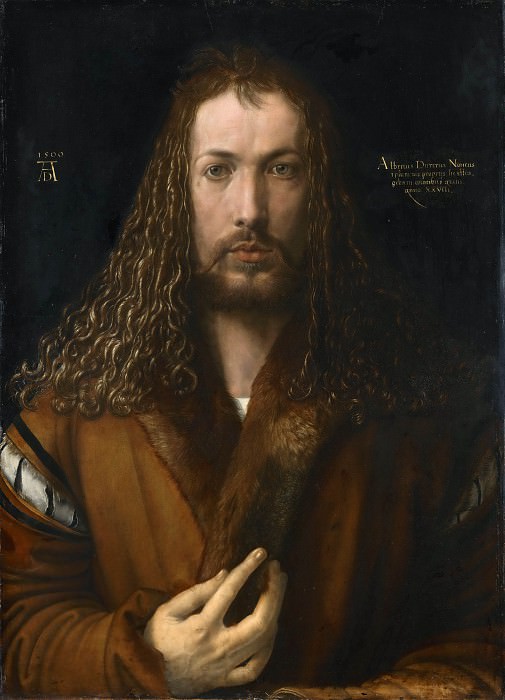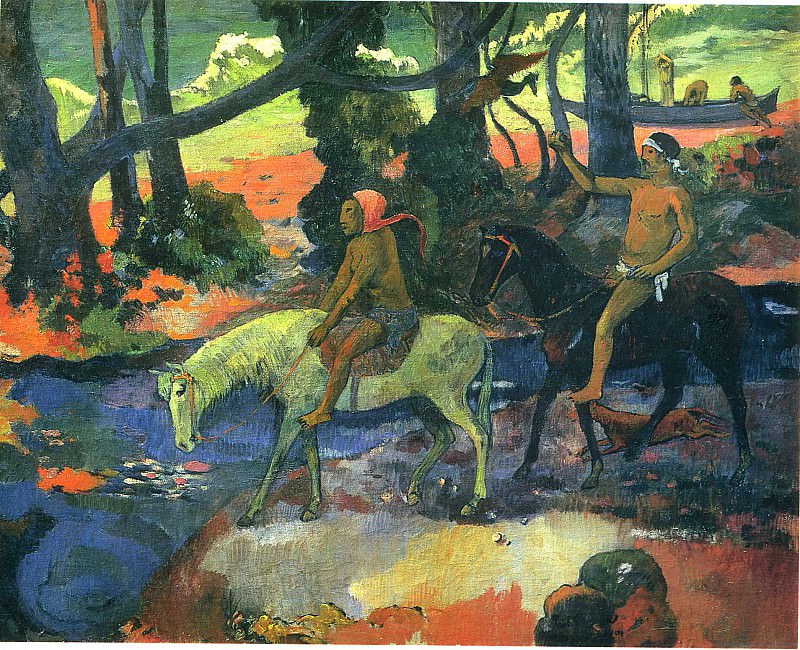James Abbott McNeill Whistler: The Art of Harmony
James Abbott McNeill Whistler, an American artist with a cosmopolitan flair, was one of the most influential figures in the world of art during the late 19th century. His works, characterized by their subtlety, innovative approach, and profound influence on the aesthetic movement, remain central to the study of modern art. Whistler's art is often celebrated for its exploration of the relationship between color and form, its delicate tonal harmonies, and its departure from traditional narrative content. His legacy is not just in the works he left behind but also in the profound shifts he brought to the understanding of art itself.
The Philosophy Behind Whistler’s Art
Whistler's philosophy of art was deeply rooted in the belief that art should stand on its own, divorced from moralizing or storytelling. He famously declared, "Art should be independent of all claptrap – should stand alone and appeal to the artistic sense of eye or ear, without confounding this with emotions entirely foreign to it, as devotion, pity, love, patriotism, and the like." This statement underscores his commitment to "art for art's sake," a principle that would become central to the aesthetic movement. For Whistler, the visual pleasure derived from a work of art was its own justification, free from the burden of conveying a particular message or serving a didactic purpose.
The Symphony of Color: Whistler's Mastery of Tonality
Whistler’s mastery of color and tone is one of the defining features of his work. He approached his canvases much like a composer might approach a symphony, carefully orchestrating each element to create a harmonious whole. This is particularly evident in his series of works known as "Nocturnes," where he used a limited palette to capture the ethereal beauty of the night. The soft, muted tones in these paintings evoke a sense of calm and introspection, drawing the viewer into a world that is both familiar and dreamlike.
In "Nocturne in Black and Gold: The Falling Rocket," Whistler captures the fleeting moment of fireworks over the Thames, using a subtle range of tones to create a sense of movement and light. The work is a testament to his belief in the power of suggestion rather than explicit detail. The viewer is not presented with a clear narrative but rather with a visual experience that elicits an emotional response. This focus on mood and atmosphere rather than precise representation is what sets Whistler apart from many of his contemporaries.
The Influence of Japanese Art
Whistler was greatly influenced by Japanese art, which was becoming increasingly popular in Europe during his lifetime. The simplicity, elegance, and focus on nature found in Japanese prints resonated with Whistler and can be seen in many of his works. He was particularly drawn to the use of space, the flat areas of color, and the asymmetrical compositions that were hallmarks of Japanese art. This influence is perhaps most evident in his iconic painting, "Arrangement in Grey and Black No. 1," commonly known as "Whistler's Mother."
In this work, the influence of Japanese aesthetics is apparent in the composition's simplicity and the emphasis on the relationship between the figure and the surrounding space. The painting is not just a portrait of Whistler's mother but a study in form, balance, and restraint. The careful placement of the figure, the use of monochromatic tones, and the attention to the negative space around her all contribute to a work that is both intimate and monumental.
Portraiture: Beyond the Likeness
Whistler's approach to portraiture was revolutionary in its departure from traditional depictions of the human figure. Rather than focusing solely on capturing a physical likeness, Whistler sought to convey the essence of his subjects through color, composition, and tone. His portraits often feature a subdued palette, with the figure emerging softly from the background, creating a sense of intimacy and quiet contemplation.
One of his most famous portraits, "Arrangement in Grey and Black No. 2: Thomas Carlyle," demonstrates this approach. The painting, much like "Whistler's Mother," is not merely a portrait of the subject but an exploration of form and tone. The restrained color palette and the thoughtful composition create a sense of stillness and introspection, reflecting Whistler's belief that the true nature of a person could be conveyed through the subtle interplay of light and shadow.
The Peacock Room: A Synthesis of Art and Design
One of Whistler's most ambitious and celebrated projects was the decoration of the Peacock Room, a dining room designed for the wealthy shipowner Frederick Leyland. The room, originally intended to display Leyland's collection of Chinese porcelain, became a masterpiece of interior design, with Whistler painting the walls and ceiling in a rich palette of blues and greens, overlaid with intricate patterns of gold.
The Peacock Room is a prime example of Whistler's ability to integrate art with design. Every element of the room, from the painted panels to the placement of the porcelain, was carefully considered to create a cohesive and harmonious environment. The room is not just a backdrop for the art but a work of art in itself, reflecting Whistler's belief in the unity of all artistic endeavors.
The Controversy of "Nocturne in Black and Gold"
While Whistler is celebrated today as a master of tonal harmony and aesthetic beauty, his work was not always well received. One of the most famous controversies of his career involved the painting "Nocturne in Black and Gold: The Falling Rocket." The work, which depicts a night scene with fireworks, was criticized by the art critic John Ruskin, who accused Whistler of "flinging a pot of paint in the public's face."
This criticism led to a famous libel case, which Whistler won, though he was awarded only a farthing in damages. The case, however, was significant in the history of art, as it brought to the forefront the debate over the purpose and value of art. Whistler's victory was a vindication of his belief in "art for art's sake," and the trial helped to establish the idea that art could be appreciated for its formal qualities rather than its narrative content.
Legacy and Influence
Whistler's influence on the art world extends far beyond his own body of work. He was a pivotal figure in the development of modern art, and his ideas about the autonomy of art and the importance of visual harmony resonated with many artists who followed him. His emphasis on the aesthetic experience as an end in itself paved the way for the abstract and non-representational art movements of the 20th century.
Artists such as Gustav Klimt, Claude Monet, and even the American Abstract Expressionists were influenced by Whistler's approach to color, form, and composition. His belief in the importance of the artist's hand and the personal expression of the artist also anticipated many of the concerns of the modernist movement.
Whistler's legacy is also evident in the continued appreciation of his works, which are held in major collections around the world, including the Louvre in Paris, the Tate Britain in London, and the Metropolitan Museum of Art in New York. His works continue to be studied and celebrated for their beauty, innovation, and the profound impact they had on the course of modern art.
Conclusion
James Abbott McNeill Whistler was a visionary artist whose work transcended the boundaries of traditional art. His dedication to the principles of harmony, his innovative use of color and tone, and his belief in the autonomy of art have left an indelible mark on the history of art. Whistler's art invites us to look beyond the surface and to appreciate the subtle beauty that lies within the interplay of color, form, and light. His legacy is one of profound influence, and his works continue to inspire and challenge our understanding of what art can be.

















